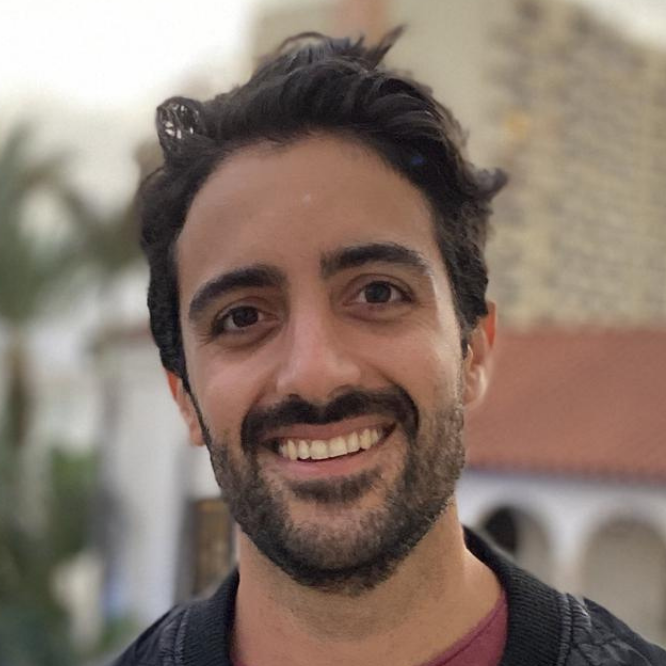
As educators emerge from the challenges of pandemic teaching and begin to establish new normals of flexible instruction, no small portion of our attention is drawn to learning loss, and the gaps that emerged during our rapid contingency actions.
There should be no debate that closing those gaps—filling learning loss with learning gain—will be our shared responsibility for some time. And it should be. Catching up is crucial.
At the same time, we cannot focus so much on catch-up that we sacrifice creative learning and discovery. Creative and inquisitive sparks drive personal growth, critical thinking and problem-solving skills. Removing choice from teachers and the ability to manage where they allocate time (and by extension their students) is detrimental to developing the creative mind.
Creativity and an agency in learning are important to me personally because I was lucky enough to have an amazing teacher when I was young—Esther Wojcicki. Esther is known for her teaching philosophy, an approach that has won her worldwide acclaim as a speaker, educator and best-selling author.
Today, Esther is a friend, confidant, advocate, mentor and business partner, a co-founder of our education company that’s centered around and built on her pedagogy. The same skills she taught me that sparked my entrepreneurial spirit are combined with her philosophy of teaching students how to be creative, show self-determination, develop trust and be respectful of themselves and others.

As one of Esther’s students, I saw how effective her approach was and how it inspired students. As her co-founder, I’ve also seen how this same concept can inspire students beyond her classroom. To the extent I can be a friendly advocate for Esther’s recipe of inspiring creativity and supporting students in more self-directed learning pursuits, let me suggest the following:
- Slow down. Yes, we’re behind. But we should not try to cram three years of learning into one. Students can sense speed, pressure and stress-fueled pacing. If we want students to process and develop, let’s breathe and internalize that we’re not going to “catch up” all at once and that it’s alright.
- Recognize the shift. We are in a knowledge economy where creativity is the new productivity. We’ve seen teachers and students cobble together solutions to their forced separation and now we are all the better for their creativity.We should not only envision new ways to “do” school but invest in these models. We must realize that creativity leads to great things, rather than going back to how it was before.
- Don’t unplug. The internet remains one of the most powerful forces for imagination and creativity that students have. Use it, expand on it. Don’t put it away.
- Embrace the sloppy. Let’s make mistakes. Let’s be off course. Let’s chase tangents and indulge distractions. Anyone who has stood in front of a classroom or studied learning knows that it’s a process, not an outcome.
- Empower them. Among the many pandemic lessons was the loss of control in the learning and teaching process. That means making sure that students have some influence and power in their learning. Ask them, give them choices, let them make decisions that matter. Embrace the Genius Hour concept for every student and look for products where students can explore and have choice.
- Diversify sources, faces and voices. Part of putting creativity in learning is expanding the ways students encounter it and the models they see before them. Adding new voices, new methods, faces and sources to the learning diet is no longer a maybe. It’s expected. And, we need to let students express themselves and convey their learning in equally diverse ways. Acing a test is not the only way to demonstrate knowledge.
The common theme, I hope, is to not let cramming kill confidence, creativity and love of learning. Yes, students have some catchup work in the basic standardized curriculum, but they’ll get there. Let’s not push them so fast and so deliberately that we blow out bright lights or breeze past the things that can make learning special and support personal growth.
What we learn is important, no question. How we learn and the environments we create for learning are every bit as important.
Ari Memar and Esther Wojcicki, together founded Tract.app during the COVID pandemic. The ed-tech platform, which is free for teachers, offers peer-to-peer learning activities for students.









